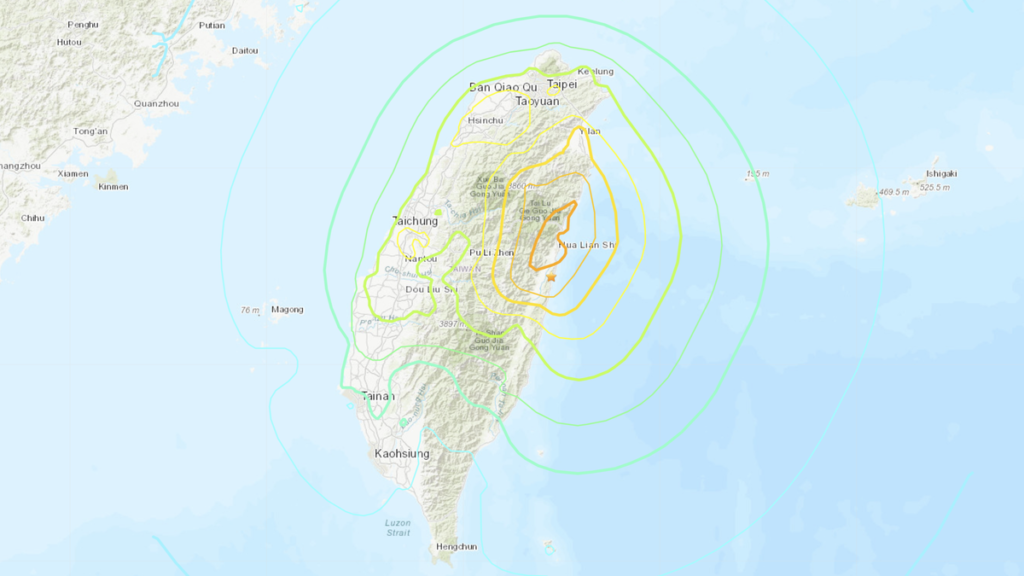At around 7:58 a.m. local time on Wednesday, a magnitude 7.4 earthquake occurred off the east coast of Taiwan, with the epicenter 18 kilometers from Hualien City. Japan and the Philippines also braced for possible flooding, while the country issued a tsunami warning. According to the U.S. Geological Survey, this is the most powerful earthquake Taiwan has experienced since a magnitude 7.7 quake in 1999. The USGS also said a magnitude 6.5 aftershock occurred 13 minutes later.
According to CNN, as of 11 a.m. Taiwan time, there were at least 26 buildings collapsed in Hualien County, of which at least 15 had collapsed. More than 91,000 households were left without power. A video posted on Reddit shows strong tremors in the city of Taipei, with Taipei 101, one of the world's tallest skyscrapers, shaking.
Apart from human costs, this earthquake could also have a significant impact on chip production, leading to shortages of key components and price increases. These lead to higher costs for everything from laptops to televisions.
At around 9 a.m. local time, Bloomberg reported that TSMC, one of the world's largest chipmakers, had evacuated some factories as a precaution. Taiwanese semiconductor journalist Wen-Yi Li tweeted the latest information from TSMC, saying some facilities had been evacuated as part of “internal regulations.”
The good news is that TSMC's foundry is on the west side of Taiwan, while the earthquake occurred off the east coast. The Financial Times has a great map showing the locations of TSMC's 12 factories in Taiwan, spread between Tainan, Taichung, Hsinchu City and Taoyuan City.according to asia tech wirethe semiconductor giant said it estimates there will be six hours of disruption to production.
However, TSMC is not the only company manufacturing key components in Taiwan. According to Bloomberg, UMC (United Microelectronics Corporation) also evacuated its factory. Since these are also located on the west side of the island, it is highly likely that they were not damaged by the earthquake.
It is important to note that even short interruptions in production can lead to significant price increases, and earthquakes in Taiwan have a long history of disrupting global electronics supply chains. After the 1999 earthquake, DRAM module prices skyrocketed by more than 25%, and shortages lasted for months.
After this disruption, we need to see how the prices of key PC components such as CPU and DRAM are affected.


